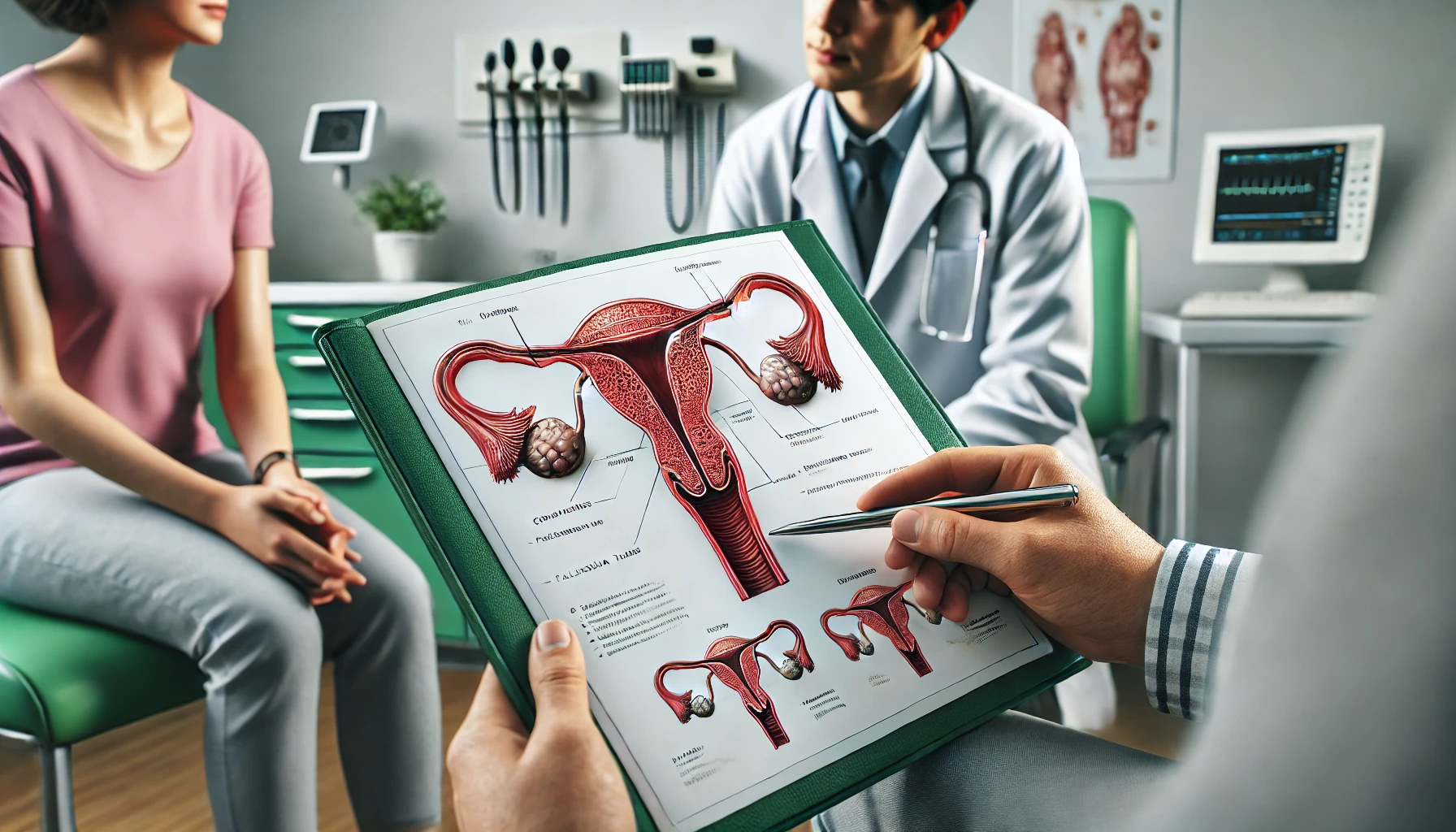Health Notice: This article was written using the Consensus AI Academic Search Engine. It is intended solely for informational purposes and should not be considered medical advice. Always consult a licensed healthcare provider for diagnosis, treatment, or medical guidance. Please refer to the full Disclaimer at the end of this article.
What is an IUD?
An intrauterine device (IUD) is a small, T-shaped device inserted into the uterus to prevent pregnancy. It is a safe, effective, and well-tolerated form of contraception. There are different types of IUDs, including copper IUDs like the Copper T380A, which has been shown to be highly effective when placed immediately after procedures such as second-trimester abortions1.
Common Signs of a Displaced IUD
1. Unusual Pain or Discomfort
One of the most common signs that your IUD may be out of place is experiencing unusual pain or discomfort. This can include:
- Severe cramping: While mild cramping is normal after IUD insertion, severe or persistent cramping could indicate displacement.
- Pain during intercourse: If you or your partner feel pain during sex, it might be a sign that the IUD has moved.
2. Changes in Menstrual Cycle
Changes in your menstrual cycle can also signal a displaced IUD. These changes might include:
- Heavier or prolonged periods: An IUD that has shifted can cause changes in menstrual bleeding patterns.
- Spotting or irregular bleeding: Unexpected bleeding between periods can be a sign of displacement.
3. Feeling the IUD Strings Differently
The IUD has strings that extend into the vaginal canal, which you should be able to feel. If you notice:
- Strings are shorter or longer than usual: This could indicate that the IUD has moved.
- Unable to feel the strings: If you cannot feel the strings at all, the IUD might have shifted or expelled.
4. Signs of Infection
A displaced IUD can sometimes lead to infection. Symptoms of an infection might include:
- Fever or chills: These can be signs of a serious infection.
- Unusual vaginal discharge: Discharge that is foul-smelling or different in color can indicate an infection.
5. Pregnancy Symptoms
Although rare, it is possible to become pregnant if your IUD is out of place. Symptoms of pregnancy might include:
- Missed periods: If your periods stop, it could be a sign of pregnancy.
- Nausea or breast tenderness: These are common early signs of pregnancy.
What to Do If You Suspect Your IUD is Displaced
If you experience any of the above symptoms, it is important to contact your healthcare provider immediately. They can perform an examination to determine if the IUD is out of place and take appropriate action. In some cases, an ultrasound may be necessary to locate the IUD.
Conclusion
Recognizing the signs of a displaced IUD is essential for maintaining its effectiveness and ensuring your health. If you experience unusual pain, changes in your menstrual cycle, difficulty feeling the IUD strings, signs of infection, or pregnancy symptoms, seek medical advice promptly. Early detection and intervention can prevent complications and ensure continued contraceptive protection.
Disclaimer
The content in this blog post was generated using Consensus, an AI-powered academic search engine, and is based on publicly available scientific literature. While we strive to provide accurate, up-to-date, and well-researched information, this content is intended for informational and educational purposes only.
It does not constitute medical advice, diagnosis, or treatment. Always consult a qualified healthcare professional before making decisions related to any medical condition, treatment, or medication.
The AI system’s analysis may not account for all perspectives, ongoing research, or individual circumstances, and should not replace professional expertise. Neither the blog publisher nor the developers of the Consensus AI tool are liable for any decisions or actions taken based on this content.
Use of this information is at your own risk. Where provided, citations link to original scientific studies for reference only—these should be reviewed independently and interpreted with the support of a qualified medical or research professional.
If you are experiencing a medical emergency, please seek immediate care from a healthcare provider or call emergency services.
